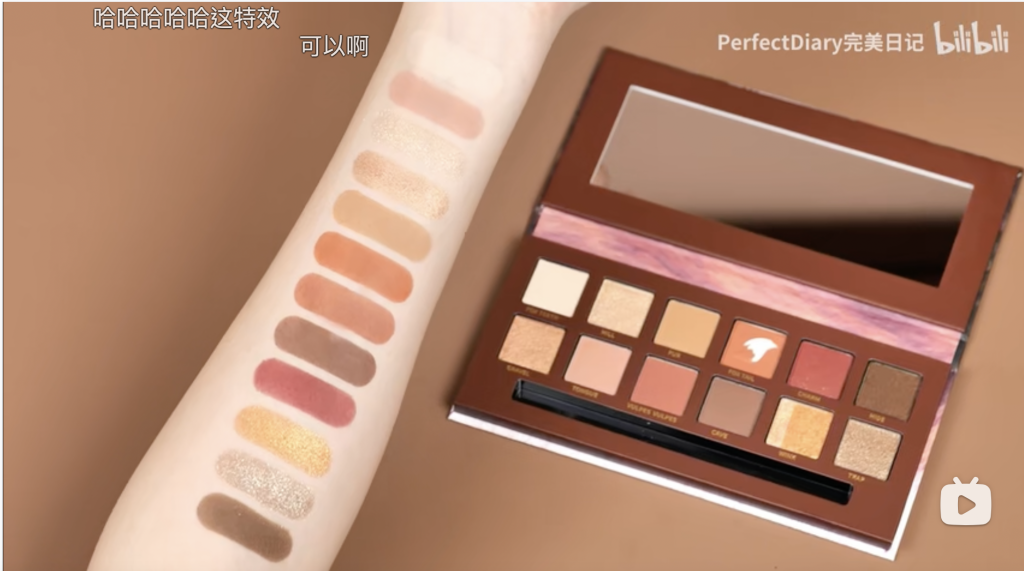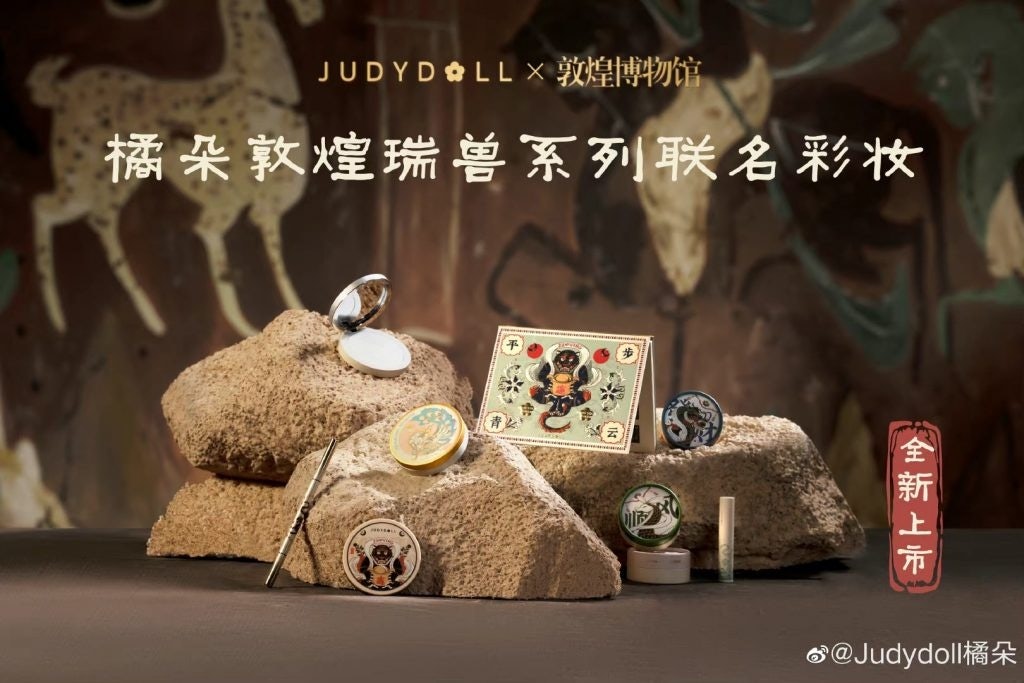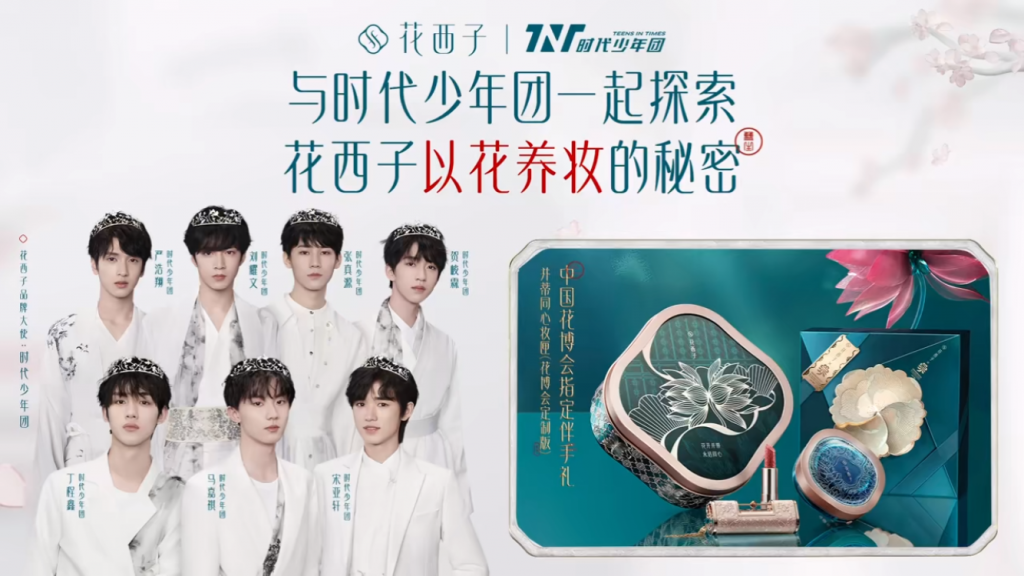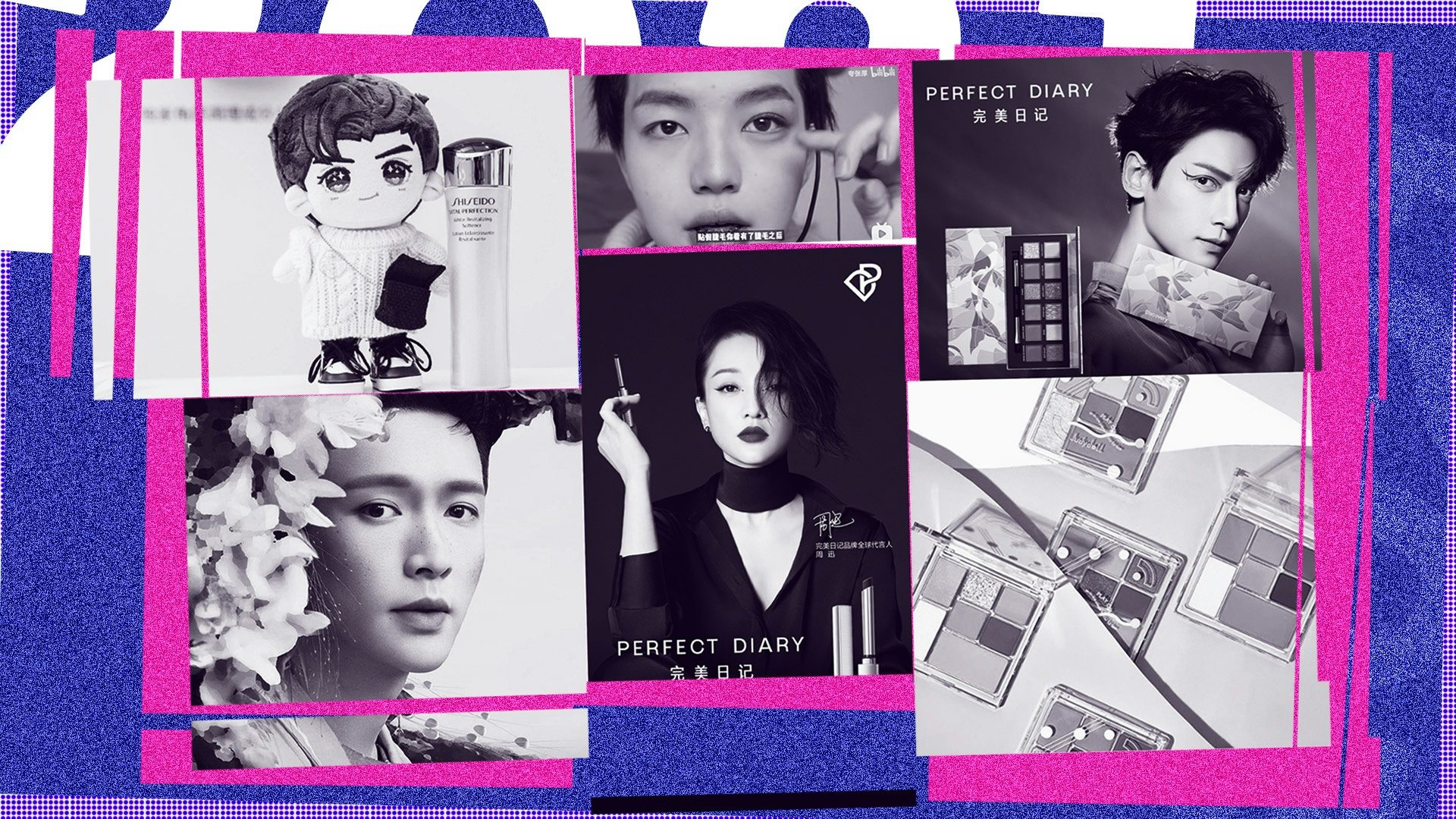One year on from the start of the pandemic, China’s dynamic beauty market is presenting a completely new landscape that international brands should not ignore. And, after years of skyrocketing growth, C-beauty is starting to show signs of slowing. This year, the poster children of C-beauty brands in China — Perfect Diary, Florasis, and Judydoll — all slid down the ranks at Chinese shopping festivals, overstepped by international labels.
Given the fierce competition in the domestic market, local companies are eyeing the global stage to keep sales surging, and the tactic has paid off in Southeast Asia. Another bright spot were young male shoppers, whose beauty purchases surpassed their spending in 2021. While overseas brands have been slow to target local male spenders, domestic startup user-centric business models quickly took market share in this emerging and profitable sector.
Moreover, C-beauty’s battlefield is only expanding. Being present on Douyin, WeChat, and Xiaohongshu is no longer enough to attract the attention of Gen Zers. The cultural community video platform, Bilibili, is positioning itself as the next traffic pool of young consumers.
Here, Jing Daily unpacks the top-three C-beauty trends of 2021. For more of our 2021 end-of-year reviews, read here.
Bilibili gets you closer to young Chinese consumers#

While most brands had already launched Douyin or WeChat channels, there is now another platform they cannot ignore — Bilibili, also called B Station by netizens. It’s a popular cultural community video website, famous for sharing ACG (Anime, Comic, and Games). Millennials and Gen Zers account for over 81 percent of the site’s user base, with an average monthly user interaction volume of 2.5 billion.
In recent years, Bilibili has morphed into one of the biggest mainstream beauty marketing platforms by featuring vloggers’ makeup tutorials, cosmetics testing, unboxing videos, daily makeup tips, popular makeup copies, and more. Many local beauty brands such as Florasis and Perfect Diary have successfully launched on the B station to get closer to young consumers. The data shows that Florasis and Perfect Diary’s related video playback volume has reached nearly 10 million. It is foreseeable that more and more domestic and international beauty brands will use Bilibili as a traffic pool. Read More
C-beauty brands are heading south#

Domestic beauty brands Judydoll, Florasis, and Perfect Diary, which have quickly conquered China’s cosmetics markets, are now looking to take on the rest of the world. Over the past year, they have expanded into Japan and Southeast Asia markets and, to date, have been enjoying encouraging results.
While Western countries have been less open to Chinese makeup companies, Asian markets have offered a bright spot. In just one year, Perfect Diary was able to top color cosmetics categories in Malaysia, Singapore, and Vietnam; Florasis, on the first day of debuting on the e-commerce platform Amazon Japan, ranked third on the Japanese Amazon lipstick hourly sales list; and January this year, Judydoll launched on the Singaporean e-commerce platform, Shopee. With Southeast Asia’s beauty market expected to be worth $47.1 billion by 2025, this market looks like a promising destination for C-beauty brands. Read More
The rise and rise of male beauty#

Under China’s pop idol’s influence, Gen Z men are now embracing the idea of wearing makeup.
The rate of men learning how to apply cosmetics is growing twice as fast as women, and the growth of male skincare purchases has surpassed its counterpart as well. Despite an evident uptick in the segment, so far international players have been hesitant to aggressively target male beauty customers, allowing niche and C-beauty brands to capitalize on these opportunities.
According to Mintel, China’s male beauty sector should grow by around 50 percent ($2.8 billion) by 2025. Douyin and Xiaohongshu, the two channels with the strongest base of KOCs (key opinion consumers) and beauty influencers, have been a driving force behind the rise of male cosmetics consumption, which only looks to continue to grow in 2022. Read More

